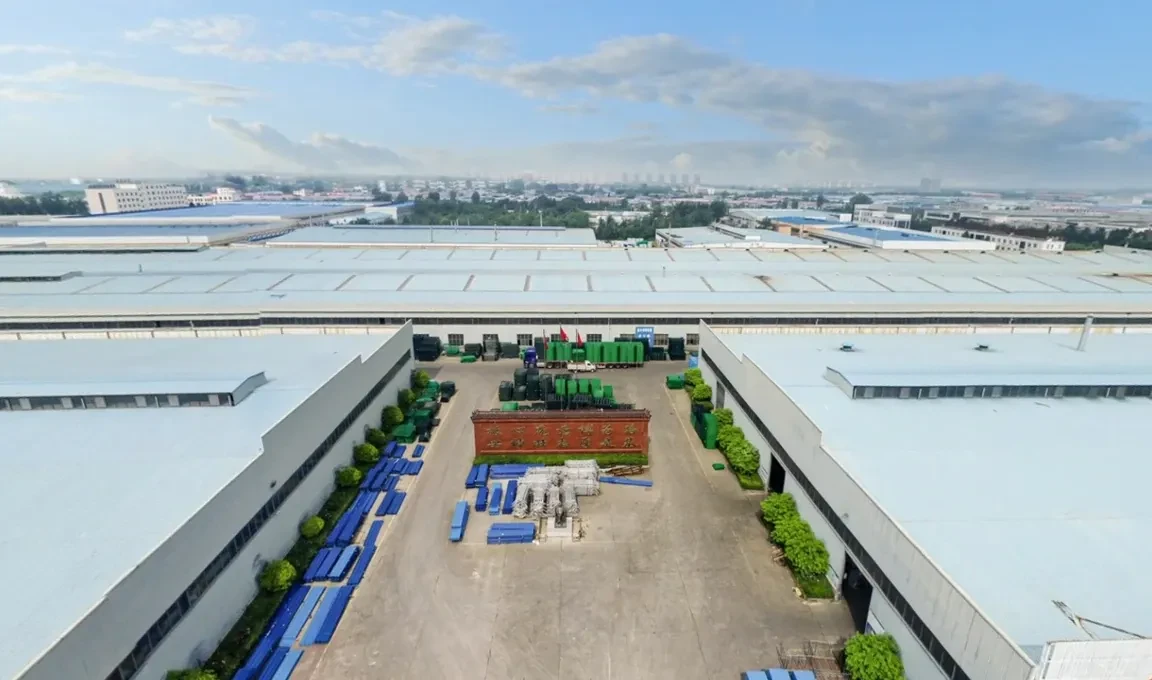Understanding the Pricing Dynamics of Rope Nets A Comprehensive Overview
Rope nets have become essential in various industries, ranging from fishing and agriculture to construction and recreational activities. With an increasing demand for these versatile tools, understanding the factors influencing rope net prices is crucial for both consumers and manufacturers. In this article, we will explore the components that affect the pricing of rope nets, market trends, and tips for purchasing.
Factors Influencing Rope Net Prices
1. Material Composition The type of material used to manufacture rope nets significantly affects their price. Common materials include nylon, polyethylene, and polyester. Nylon nets are typically more expensive due to their strength and durability, while polyethylene nets are generally more affordable but may not offer the same lifespan. The choice of material often depends on the net's intended use—heavy-duty applications require stronger, more expensive materials.
2. Mesh Size and Configuration The specifications of the net, such as mesh size and design, play a critical role in determining its price. Smaller mesh sizes may require more material and labor, thus driving up costs. Additionally, specialized designs—like those tailored for specific sports or protection against particular wildlife—may also command higher prices due to their tailored nature.
3. Manufacturing Process The method used to manufacture the rope nets can lead to variations in pricing. Handmade nets may fetch higher prices because of the labor involved, while mass-produced nets may be available at lower prices due to economies of scale. However, the quality of handmade nets might surpass that of mass-produced alternatives, making them preferable for some users despite the higher cost.
4. Market Demand and Supply The basic economic principles of supply and demand heavily influence the pricing of rope nets. A surge in demand, possibly due to increased popularity in recreational activities like climbing or fishing, can lead to higher prices. Conversely, if a surplus of nets is available on the market, prices may decrease. The geographical location also impacts pricing; for instance, nets manufactured in countries with lower labor costs might be cheaper than those produced in higher-cost regions.
5. Brand Reputation The reputation of the manufacturer can also dictate the price. Established brands that have built a reputation for quality and reliability often charge a premium for their products. On the other hand, lesser-known brands may attract customers with lower prices but could compromise on quality and safety.
Current Market Trends
rope net price

As of 2023, the market for rope nets is experiencing notable trends. With an increasing focus on sustainability, manufacturers are exploring eco-friendly materials to attract environmentally-conscious consumers. Additionally, advancements in technology are enabling the production of more durable and versatile nets, justifying higher price points.
Moreover, the rise in outdoor activities spurred by the COVID-19 pandemic has led to an uptick in demand for recreational rope nets. This trend shows no signs of abating, contributing to price fluctuations based on seasonal demand.
Tips for Purchasing Rope Nets
1. Assess Your Needs Before making a purchase, it's essential to understand the specific requirements of your intended use. This includes considering the material, size, and mesh type that best suits your needs.
2. Compare Prices Take the time to compare prices across various retailers and brands. Online platforms often offer competitive pricing and customer reviews, which can guide your decision-making process.
3. Quality Over Price While it might be tempting to choose the cheapest option, prioritize quality to avoid potential dissatisfaction. Investing in a high-quality rope net can save you money in the long run by reducing the need for replacements.
4. Look for Warranties A warranty or satisfaction guarantee is a good indicator of the manufacturer’s confidence in their product. This can provide peace of mind regarding your purchase.
Conclusion
Rope net prices are influenced by a range of factors including material, design, manufacturing processes, and market dynamics. As the demand for rope nets continues to grow, staying informed about these elements will allow consumers to make better purchasing decisions. By understanding what affects pricing and being aware of current market trends, you can find a rope net that meets your needs while providing excellent value.
-
The Strength and Versatility of Aluminum Expanded Metal Mesh
NewsJun.10,2025
-
Safety Guards and Machine Enclosures Using Expanded Mesh
NewsJun.10,2025
-
Performance with Round Hole Perforated Mesh in Wall Panels
NewsJun.10,2025
-
How Steel Grating Trench Covers Distribute Weight Efficiently
NewsJun.10,2025
-
How Deck Mesh Railing Enhances Backyard Aesthetics
NewsJun.10,2025
-
Comparing Bar Thickness and Spacing in Steel Grating
NewsJun.10,2025
Subscribe now!
Stay up to date with the latest on Fry Steeland industry news.

